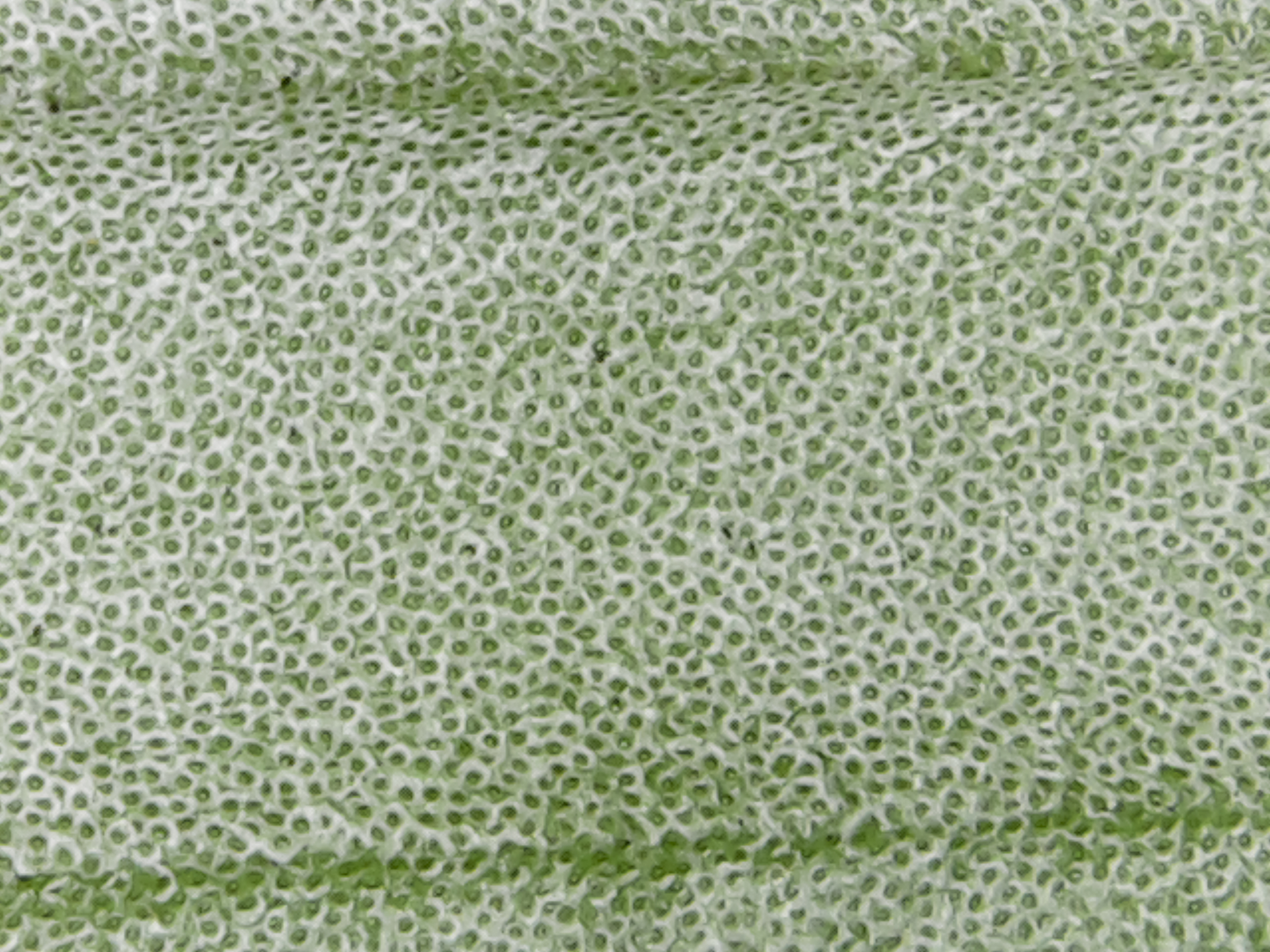Tillandsia acostae (ah-COST-eye
Mez and Tonduz 1916 ( Named after Sr. Acosta, prefect of San Ramon, Costa Rica
Now T. rhomboidea André (1916)
Native distribution and habitat: Grows as an epiphyte in trees - Guatemala, Costa Rica and Panama from 40 m to 1,600 m
Growth habit: Tillandsia acostae is similar in appearance to T. concolor but is much larger with more leaves. It can grow to be over 400 mm. The plant forms a spreading rosette from which a short scape (stem) emerges and grows up to 250 - 400 mm.
Foliage: The plant resembles T. fasculata or T. concolor and has many narrow, rigid, green leaves covered with silver trichomes.
Flowers: The inflorescence is simple or digitate, canary and mandarin red. The flowers are typical of subgenus Tillandsia and amethyst in color. There are normally a number of spikes.
Seed: Once pollinated, the plant takes months to form an elongated hard seed pod which when ripe will split open and release fine aerial seed.
Pups: The plant produces a number of pups from the base of the mother plant after flowering. Once these are 1/3 to 1/2 the size of the parent plant that can be removed, or they can be left attached so a colony forms. Once flowering has finished, after a few years the mother plant will die.
Cultivation: The plant can adapt to a range of climatic conditions but make sure it is kept dry during cool wet periods.
Fertilization: A mist every week with Epiphytes Delight or Epsom salts during the growing season will help the plant.
Availability: The plant is rare and often not available but it is worth tracking down as it is a gorgeous plant when in bloom.

Trichome detail of Tillandsia acostae
|